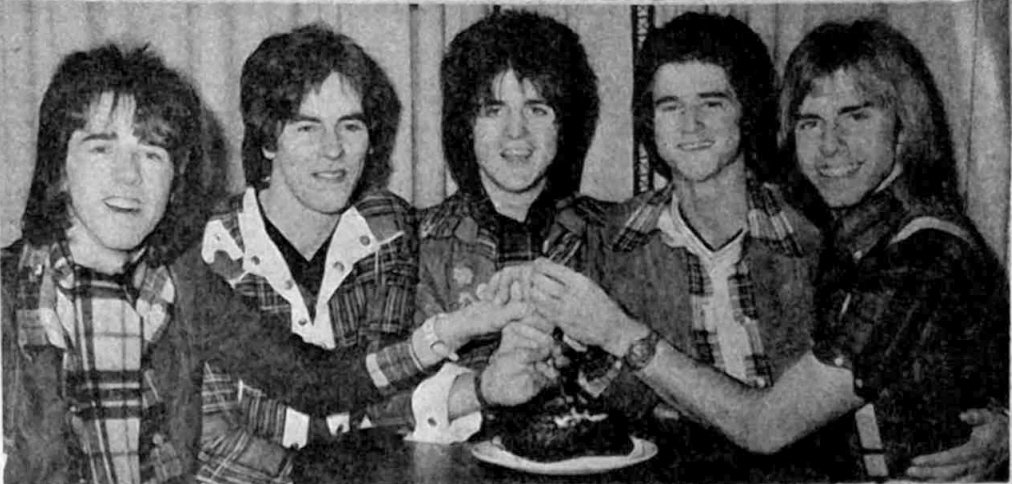mellowgerman
Senior Member
Lots of complaints about the bridge and neck dive, which unfortunately seem to be fully justified with that particular specimen.
That said, he mentions series wiring? I would expect a much more mid-forward sound with both pickups engaged. That would also require a mechanically different switch than standard parallel and would go against the vintage schematic. A friend recently had to replace the selector on his NS and it was a regular parallel function switch.
EDIT: Lobster has admitted the error and corrected the series claim. Would have really baffled me if they had decided to make that change on these most recent ones from the factory!
Still, I'm glad he mentions the need for medium scale strings, which may save a lot of folks some otherwise wasted money. Also, good demonstration of the tones on tap, as always.
That said, he mentions series wiring? I would expect a much more mid-forward sound with both pickups engaged. That would also require a mechanically different switch than standard parallel and would go against the vintage schematic. A friend recently had to replace the selector on his NS and it was a regular parallel function switch.
EDIT: Lobster has admitted the error and corrected the series claim. Would have really baffled me if they had decided to make that change on these most recent ones from the factory!
Still, I'm glad he mentions the need for medium scale strings, which may save a lot of folks some otherwise wasted money. Also, good demonstration of the tones on tap, as always.
Last edited:

